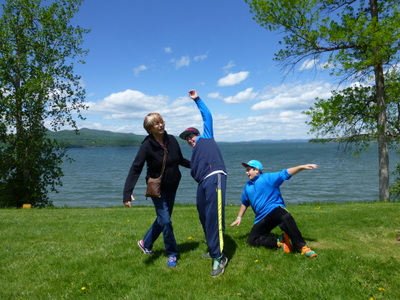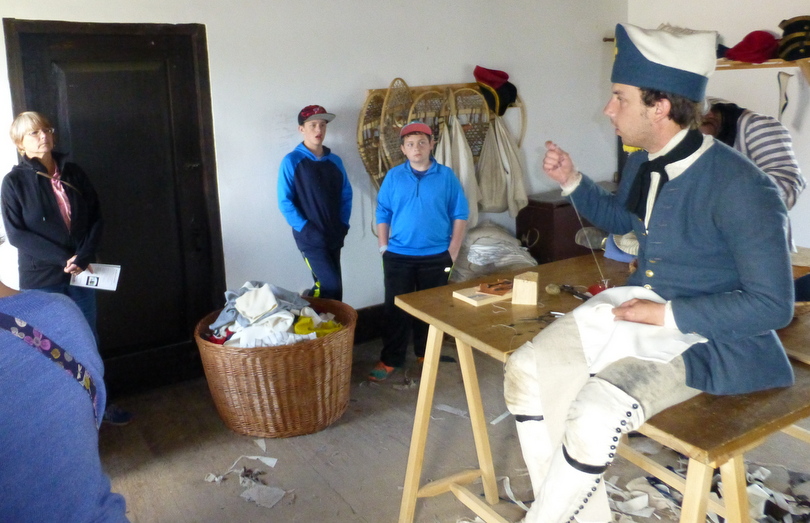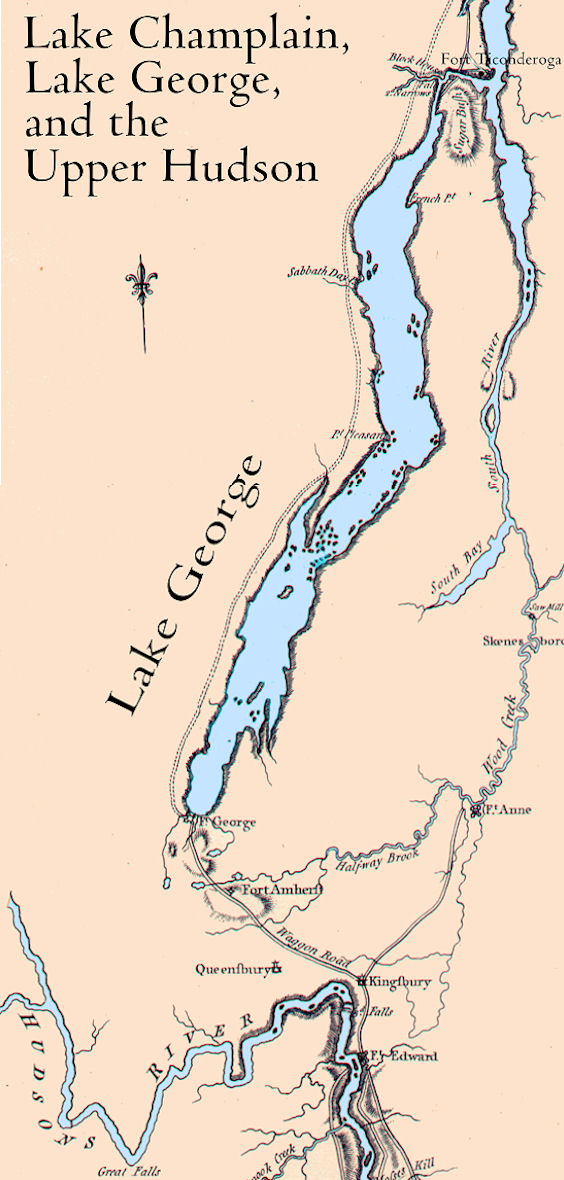We took an overnight trip to visit Crown Point on Lake Champlain, Fort Ticonderoga and Fort William Henry – learning a lot about the French-Indian Wars in the process.
Crown Point a fort located north Fort Ticonderoga on a narrow peninsula, averaging about a mile in width; the peninsula closing the lake down to a width of only half a mile. The Crown Point Banding Station was operating a the Banding Station at its location on the Crown Point State Historic Site just 300 yards southwest of the British fort, at the edge of the Hawthorn thicket. The volunteers offered an educational program, however, they did not catch any birds while we were visiting.
Fort Ticonderoga, formerly Fort Carillon, is a large 18th-century star fort built by the French at a narrows near the south end of Lake Champlain where the outlet of Lake George, known as the La Chute River, flowed into Lake Champlain. Since Lake George is 240 feet higher than Lake Champlain, this river is full of rocks, rapids, and falls necessitating a three mile portage which came out on Lake Champlain at Fort Ticonderoga. it was strategically placed in conflicts over trade routes between the British-controlled Hudson River Valley and the French-controlled Saint Lawrence River Valley. Both lakes were long and narrow, oriented north–south and flowing northward. The name “Ticonderoga” comes from the Iroquois word tekontaró:ken, meaning “it is at the junction of two waterways”.
The fort contained three barracks and four storehouses. One bastion held a bakery capable of producing 60 loaves of bread and french baguette loaf a day. A powder magazine was hacked out of the bedrock beneath the Joannes bastion. All the construction within the fort was of stone. There were soldiers, a shoemaker and a tailor on site working and answering questions.
Fort William Henry (also known as Fort George) was built at the southern tip of Lake George beginning in 1755. The place was begun following Sir William Johnson’s victory of the French general Dieskieu in 1755. It was besieged by Montcalm from 4 August 1757 to 9 August, when its garrison of 2200 men under Lt. Col. George Munro surrendered. The Indians began massacring the prisoners and Munro reached Fort Edward with 1400 survivors.




